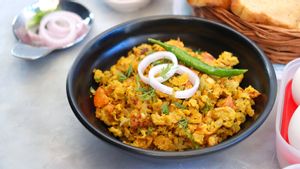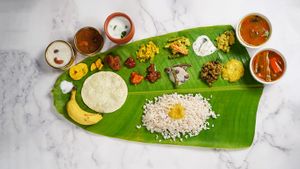You remember enjoying the Navroze special menu at your favourite Parsi restaurant in March so wondering why Navroze is back in August? Not that we're complaining. Navroze twice a year, for us, only means double the opportunity to enjoy wholesome festive Parsi food.
To clear the confusion, the Navroze observed in March is according to the Iranian calendar. Parsis in India follow the Shahenshahi calendar, according to which the Navroze in March marks the beginning of spring. But to wish your Indian Parsi friends a Happy Parsi New Year, you have to wait for the Navroze in August.
The day before Navroze is called Pateti and marks the last day of the year in the Shahenshahi calendar. It is a day of repentance and on this day, members of the Indian Parsi community take the time to reflect on the year that went by and ask for forgiveness. The next day, Parsis begin the New Year on a fresh note by celebrating Navroze, also spelt Nowruz.
Living for good food
For the Parsi community, which believes in the motto of ‘Khavanu, Pivanu, Majja Ni Life!’ (eat, drink and be merry!), there’s no bigger love than their love for good food and sharing the feast. A wedding in the family translates into a wedding feast called Lagan Nu Bhonu which is an elaborate assortment of Parsi cuisine delicacies. "Parsi celebrations call for a wide variety of food which mainly includes meat and fish preparations," says Perinaz Avari, a caterer and food writer. So, it's no surprise that the Parsi New Year festivities involve feasting on a variety of Parsi foods.
Right from breakfast to dessert, there's something special cooking through the day in a Parsi kitchen on Navroze. "Many of our celebratory meals begin and end on a sweet note," adds Avari who has also spent a decade working in the hospitality industry. Avari enjoys promoting her community's cuisine and proudly describes Parsi food as "Indian food with Persian influences". Her many endeavours around food involve introducing people to the "stunning flavours of simple home-cooked Parsi meals".
On the special occasion of Navroze, Avari takes us through the Parsi dishes which make up the traditional festive menu on Parsi New Year. Enter a Parsi home on Navroze and you're sure to find it filled with the aroma of the following delicacies:
1. Sweet
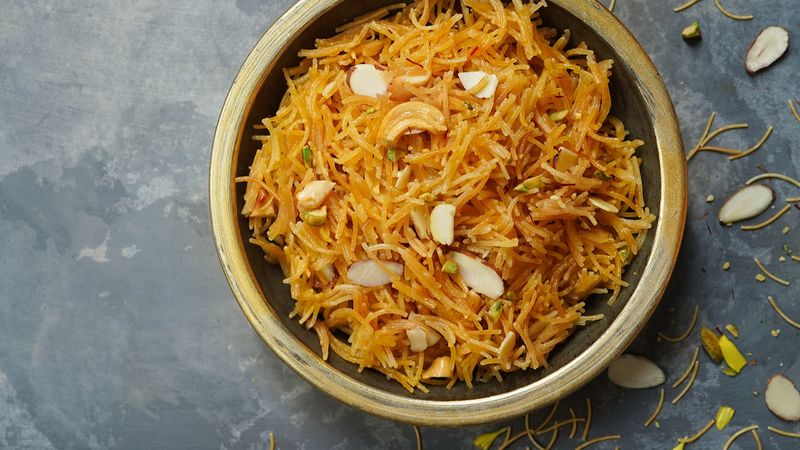
We start off with something sweet, so breakfast is usually sev-dahi which is roasted vermicelli with sweet cardamom yoghurt. Another popular sweet dish for breakfast on Navroze is Ravo, which is a semolina pudding, quite similar to kheer. For dessert, we prepare the well-known lagan nu custard, which is very much like caramel custard. There are also a variety of fruit-flavoured ice creams and jelly.
2. Main course
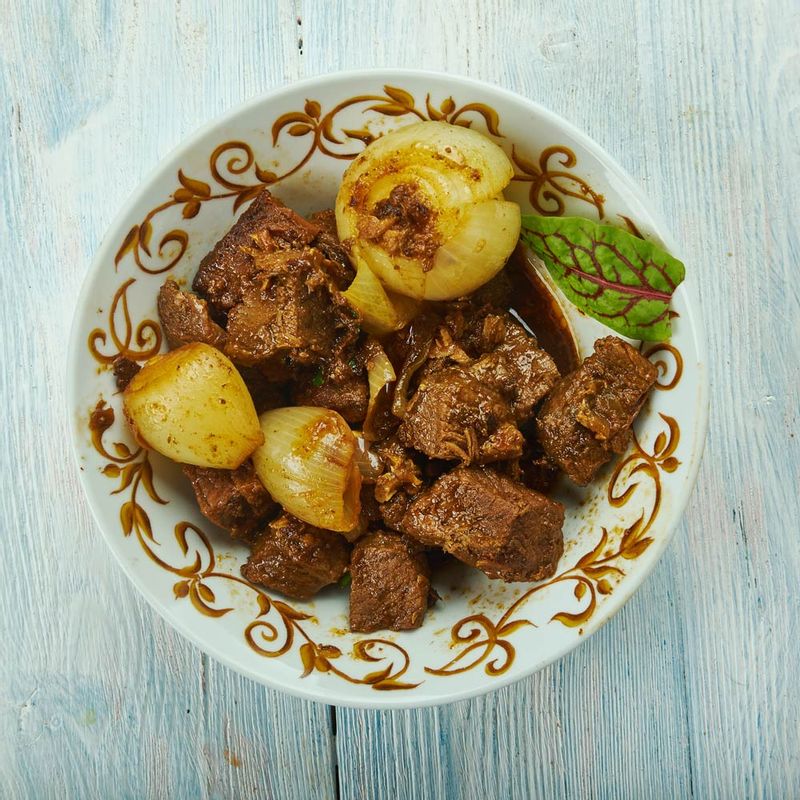
The main course of the Navroze menu is dominated by meat preparations. The Parsi dishes on this menu generally include the famous Jardaloo Sali Boti, a Parsi recipe traditionally made with mutton. You will now find the equally popular chicken version of this Parsi recipe as well. The deep-fried Chicken Farcha is also on the menu of non-vegetarian dishes.
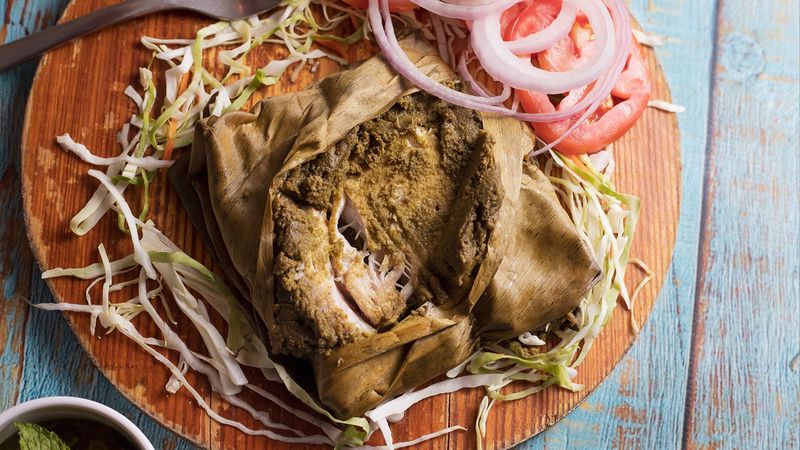
In festive fish dishes, there is Patra ni Macchi which is fish steamed in banana leaves, and Saas ni Macchi which is a white gravy dish. Other favourite Parsi fish dishes include Tareli Macchi (fried spiced fish) and Shrimp Patio. Indian Parsis settled along the western coast of India in the cities of Gujarat, and much later in Mumbai which made fish an integral part of the Parsi cuisine. This coastal culture even spurred the exchange of festive sweets in the shape of fish (but certainly not made with fish!) such as Mawa Boi.
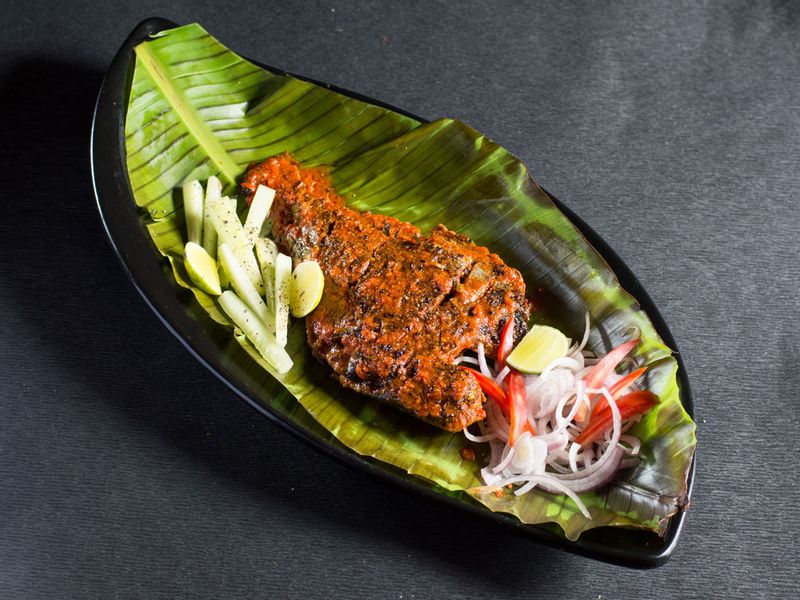
While vegetables are sparse in a festive Parsi meal, the spicy-tangy lagan nu stew does play a lead role. Alternately, you’ll find an egg dish like Papeta par Eedu doing the rounds in the vegetable course. For a simpler celebration, steamed fragrant rice will show up with plain yellow Dhandar lentils and Shrimp Patio. For an elaborate heavier Parsi meal, Persian-Indian biryani-style Parsi Mutton Pulao with Masala Dar (lentils) and raitu (yoghurt) are the norm.
No Dhansak
Dhansak is one of the popular Parsi dishes, which is not prepared for Navroze. Avari explains, "Many Parsi homes cook Dhansak as part of their regular family meals, especially for Sunday lunch. But this dish is traditionally served on sad occasions like the fourth day following a funeral hence it is never a part of the menu of festivals and joyful events."
3. Vegetarian Parsi food

Taking the opportunity to bust some myths around Parsi food, Avari says one of the most common misconceptions is that Parsi cuisine doesn't have any vegetarian dishes. "On the contrary, our regular home meals utilise a wide variety of vegetables, beans and lentils," she says.
Parsi food is also often bracketed under the wide umbrella of Indian food. When introducing Parsi food to people, Avari is often met with surprised comments about how different it is. "The first thing I get is, 'this is different from regular Indian food!'" Avari continues, "Parsi food is especially suited to a global palate with its mélange of Indian spices, Persian flavours and many other influences along the way in over 1,000 years."
Avari has also noticed the growing interest in Parsi food in recent times. "I am seeing Parsi flavours becoming mainstream like never before," she adds.
Photo: Shutterstock




